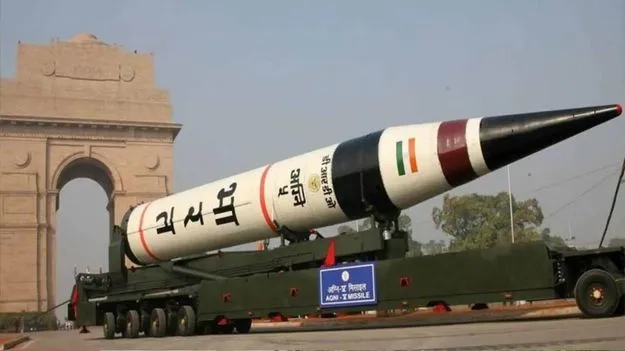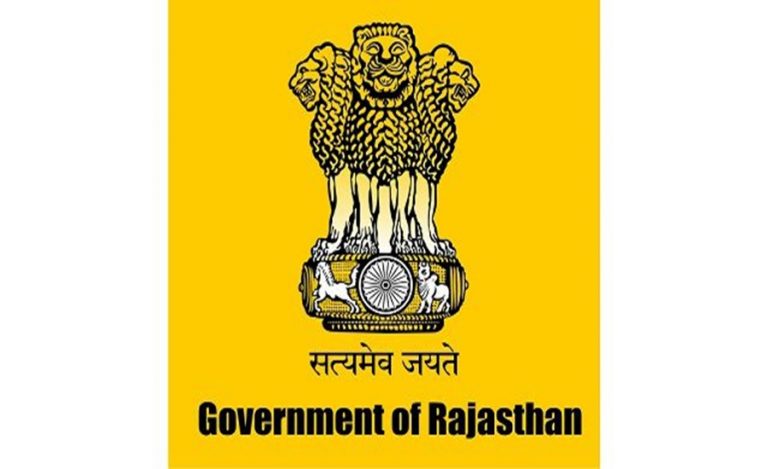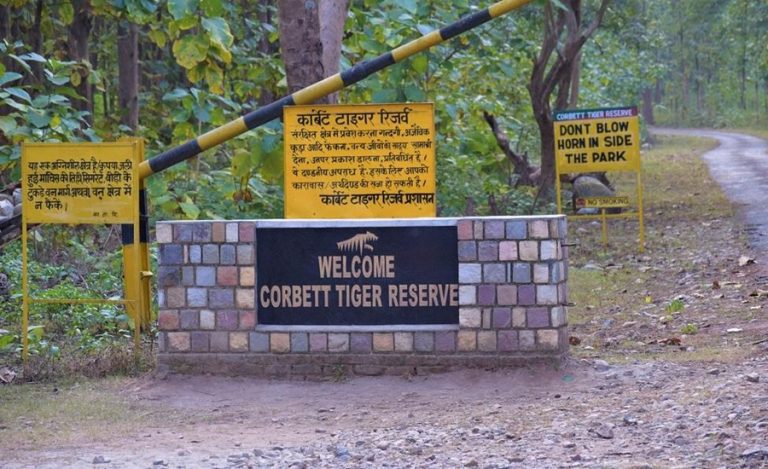New Delhi: In a significant leap toward next-generation warfare capabilities, India is developing an advanced bunker-buster variant of its Agni missile system – a strategic weapon designed to destroy deeply buried enemy facilities, missile silos, and fortified command centers. This indigenous effort, spearheaded by the Defence Research and Development Organisation (DRDO), reflects India’s growing ambition to field high-precision, high-impact conventional weapons capable of neutralizing critical military assets beneath the surface.
The development is seen as India’s response to the United States’ use of GBU-57 Massive Ordnance Penetrators in the recent strike on Iran’s Fordo nuclear plant on June 22, which reignited global focus on deep-penetration strike capabilities.
Missile-Based vs. Bomber-Based: India Chooses Flexibility
Unlike the U.S., which deploys its GBU-57A/B via B-2 stealth bombers, India is innovating by pursuing a missile-based delivery system. At the core of this development is a modified version of the Agni-5 intercontinental ballistic missile (ICBM), repurposed to carry conventional payloads instead of nuclear warheads.
This strategy offers several advantages-
- Lower operational costs
- Broader range of launch platforms
- Higher survivability in contested airspace
- Faster deployment and response time
By choosing a missile system over expensive aerial delivery, India is building a cost-effective and versatile solution tailored to regional needs.
Payload Power: 7,500–8,000 Kg Warhead with Deep-Penetration Capability
The upgraded Agni-5 variant is designed to deliver a massive 7,500 to 8,000 kg warhead, making it one of the world’s most powerful conventional missile payloads. Its warhead is specially engineered to:
Penetrate 80 to 100 meters of reinforced concrete and soil before detonation.
Neutralize hardened underground targets, such as command bunkers, missile launch sites, and weapons storage facilities.
According to defense analysts, the sheer payload and penetration capability put the Indian system in the same league as the U.S. bunker-busters—but with a higher payload and broader delivery options.
Two Strategic Variants Under Development
DRDO is simultaneously working on two operational variants of the modified Agni-5-
- Airburst Variant
- Targets surface-level military assets like airbases, radar stations, and logistic hubs.
- Detonates above ground to maximize blast radius.
- Deep-Penetration Variant
- Designed to drill deep into hardened underground structures.
- Specifically for missile silos, nuclear command centers, and fortified bunkers.
Both versions are being developed indigenously, emphasizing India’s commitment to Atmanirbhar Bharat (self-reliance in defense technology).
Speed and Range: Hypersonic Strike with Tactical Precision
Despite carrying a significantly heavier payload, the modified Agni-5 is expected to achieve hypersonic speeds between Mach 8 and Mach 20. This speed-
- Reduces interception risk by adversary defense systems.
- Ensures strategic surprise and rapid strike capability.
While the range of the modified missile is expected to drop from the original 5,000+ km to around 2,500 km, experts say this is still adequate for regional threats in South Asia and beyond.
Strategic Impact: Responding to Regional Security Challenges
India’s rapid advancement of a bunker-buster missile aligns with evolving strategic doctrines in response to threats from countries like China and Pakistan, both of which maintain fortified underground military infrastructures.
According to senior defense officials-
“The ability to target deeply buried enemy assets using hypersonic missile technology gives India a credible conventional deterrence option alongside its nuclear arsenal.”
Global Context and Indigenous Ambitions
India’s efforts mirror a broader global trend toward precision conventional weapons. The U.S. GBU-57 and its predecessor, the GBU-43 (Mother of All Bombs), have set global standards for bunker-buster technologies. India’s indigenous response, however, aims to go further by integrating this capability into a missile-based platform.
This approach avoids the operational and financial limitations of strategic bombers, instead relying on DRDO’s expertise in missile systems, guidance technology, and warhead engineering.
Conclusion
The development of the Agni-5 bunker-buster variant marks a pivotal moment in India’s defense trajectory. It not only closes the gap with leading global powers but also signals a shift toward credible, high-impact conventional strike options. As regional tensions evolve and adversaries harden their military infrastructure, India’s indigenous hypersonic bunker-buster is poised to become a game-changing weapon in its strategic arsenal.




























